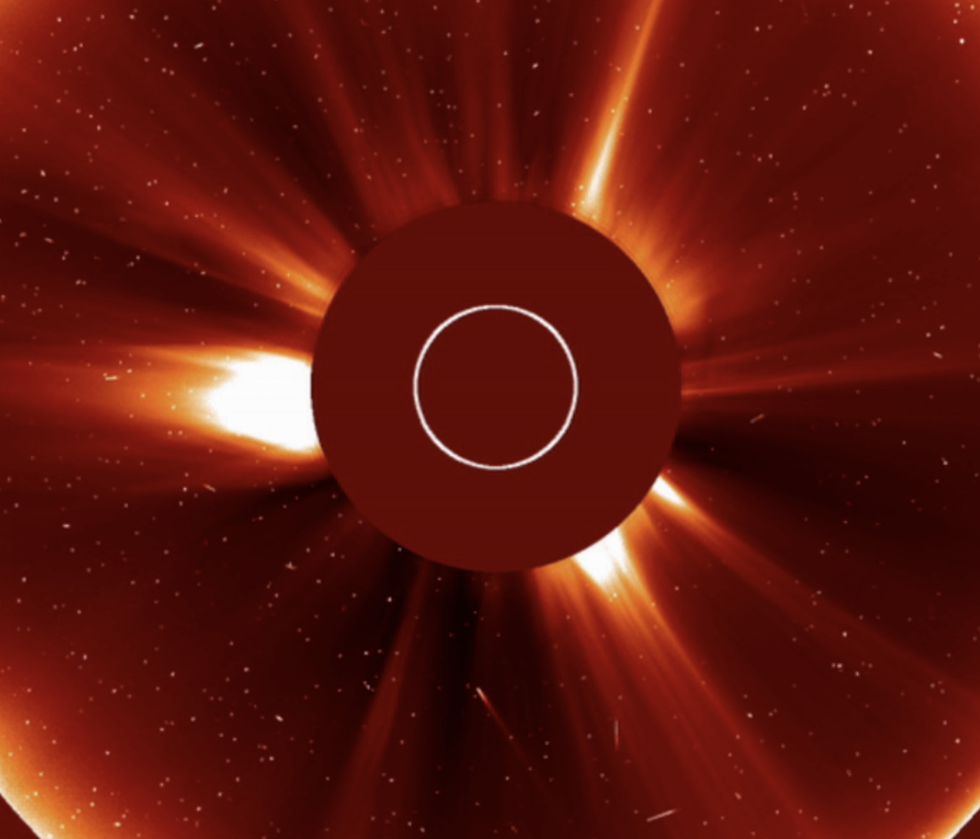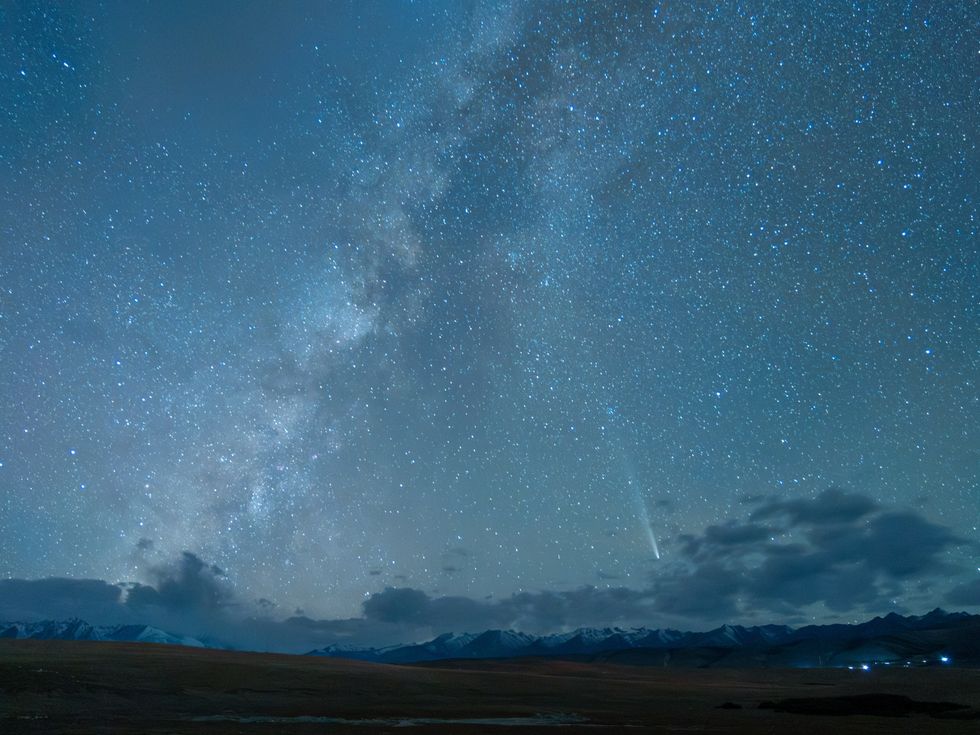'Halloween Comet' vaporised after flying too close to the sun denying amateur astronomers 'rare celestial phenomenon'
The cosmic snowball was originally hoped to be an early Halloween phenomenon for amateur astronomers
Don't Miss
Most Read
Latest
The "Halloween comet", the source of much excitement for astronomers across the globe, was vaporised after it flew too close to the sun, denying countless amateur astronomers the chance to see the "rare celestial phenomenon".
The Solar and Heliospheric Observatory (SOHO), run by NASA and the European Space Agency, recorded the event which was meant to be a rare celestial phenomenon because of the proximity the celestial object was meant to fly by the sun.
Although the sun was predicted to illuminate the comet, it caused the object to disintegrate instead, which was somewhat expected by experts.
According to scientists, Comet C/2024 S2 Atlas was due to be visible to the naked eye, even during the day.

The much-anticipated comet quickly disintegrated as it flew into the sun's orbit in the days leading up to Halloween
|ESA/NASA - SOHO
Earlier in the month, astronomers had warned that the comet might vaporise as it passed the sun before anyone had the opportunity to witness the phenomenon in the flesh.
Expert Dr Qicheng Zhang at Flagstaff Arizona's Lowell Observatory predicted the comet to be an "all or nothing event", which came to be true.
The Halloween comet evaporated when it hit the closest point to the sun - which is referred to as the perihelion - on October 28.
NASA and the European Space Agency observed the comet's tragic demise through telescopes as it travelled into the sun's blazing orbit, 750,000 miles away from the Earth's star.
LATEST CELESTIAL NEWS:
Lead for NASA’s Sungrazer Project Karl Battams said: 'This comet was likely already a rubble pile by the time it entered SOHO’s field of view.
"Unlike comet C/2023 A3, which never passed closer than about a third of Earth’s distance to the sun, C/2024 S1 is a true sungrazer.
"It passed within one per cent of Earth’s distance to the sun, and has been completely vaporised as a result."
The two comets mentioned above are described as "sungrazers" due to their proximity to the sun - the very reason why they burn so brightly and then break into smaller chunks.

The comets are believed to have come from the Oort cloud, which is a giant icy shell enveloping the solar system, dating back approximately 4.5billion years
|GETTY
The comets are believed to have come from the Oort cloud, which is a giant icy shell enveloping the solar system, dating back approximately 4.5billion years.
Senior public astronomy officer at the Royal Observatory Greenwich Dr Gregory Brown said: "The comet itself comes from an extremely distant part of our solar system, a place called the Oort cloud.
"It contains lots of bits left over from the formation of the solar system. Every so often, one of those bits will be nudged inwards in towards the solar system, where it could end up in a very, very long orbit.
"Those orbits can take extraordinarily long periods of time - thousands of years. The estimate on this particular comet is that if it is in a stable orbit, its last path to the inner solar system was about 80,000 years ago."











